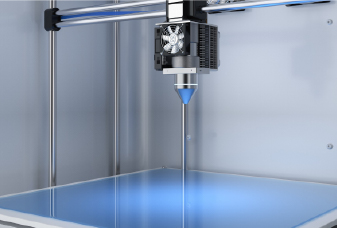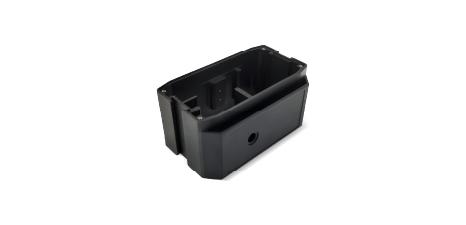English

Fähigkeiten
Rapid Prototyping und On-Demand-Fertigung.

Branchen
Schließen Sie sich Tausenden von Branchenführern an, die mit Chiggo Produktinnovationen vorantreiben.
Medizinische Geräte
Luft- und Raumfahrt
Konsumgüter
Industrieausrüstung
Innovationen schnell und sicher im Gesundheitswesen bereitstellen
Projekte mit Effizienz vom Entwurf bis zum Start vorantreiben
Wir gestalten Produkte, die modernes Wohnen definieren, von der Idee bis zur Nutzung
Fördern Sie den Fortschritt mit fortschrittlichen Maschinen für überlegene Produktivität

Lösungen
Eine Komplettlösung vom Rohstoff bis zur Produktion und Produktveredelung.

Über uns
Entdecken Sie, wer wir sind und wie wir Qualität und pünktliche Lieferung sicherstellen.
Über Chiggo
Informationen zur Lieferung
Qualitätssicherung
Unsere Fabrik
Unsere Vision, Mission, Entwicklungsgeschichte und unser engagiertes Team.
Schnelle und effiziente Bearbeitungszeiten, die jeden Schritt von der Auftragserteilung bis zur Lieferung optimieren.
Bereitstellung hochwertiger Rapid-Prototyping- und On-Demand-Produktionsteile, die die Erwartungen erfüllen und übertreffen.
Entdecken Sie die Präzision und Innovation hinter Chiggo bei einem Rundgang durch unsere Fabrik, der online oder vor Ort verfügbar ist.

Ressource
Alles, was Sie über die digitale Fertigung wissen müssen.
-
Blog
-
Video
Ihre vertrauenswürdige QuellenfabrikSeit 2011



























































